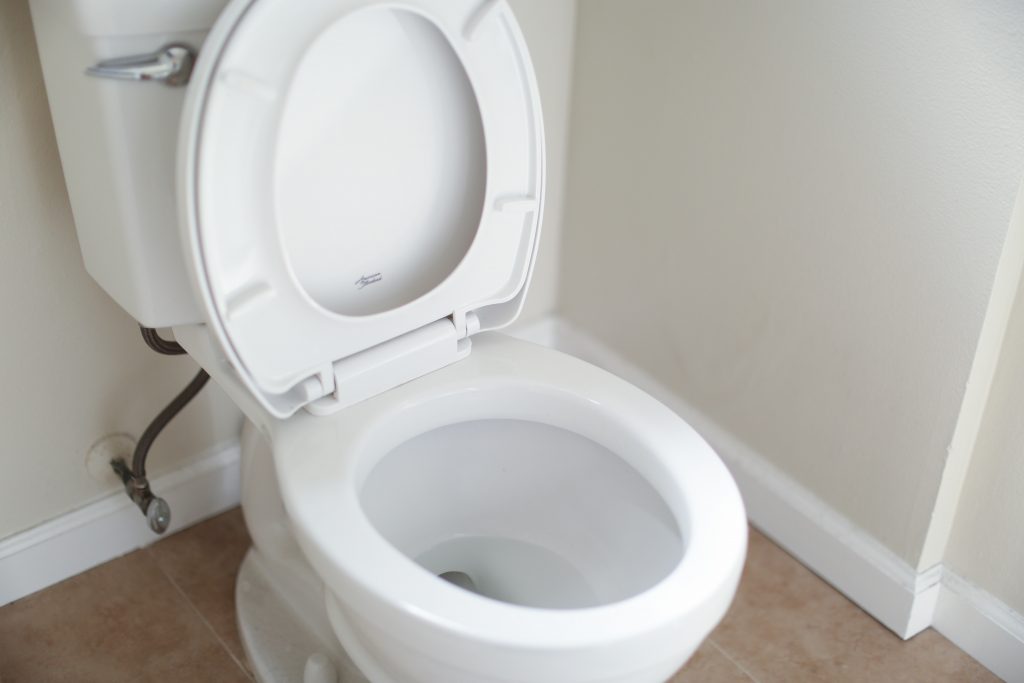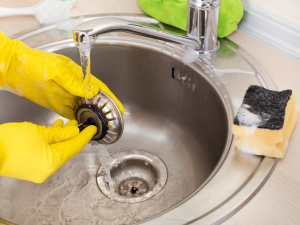One of the biggest concerns you can have in your home is a leaking toilet. Often, leaks in your toilet are caused by many possible causes; a broken or improperly installed flange is one of them. A broken toilet flange can cause a lot of damage if it goes unnoticed.
Fortunately, if you’ve been wondering if it’s possible to repair a broken toilet flange, the answer is an absolute yes! But fixing broken toilet flanges can be challenging, especially if you don’t know what to do. Read below for tips on how you can easily do so by yourself.
So, what is a toilet flange?
A toilet flange is the part that holds the toilet firmly to the floor and connects it to the drain pipe. Also known as a closet flange, a toilet flange has a metallic or plastic ring that is secured on the finished floor of the toilet. Because of the essential role it plays, a toilet flange can render the toilet unusable if it breaks. If not fixed, a toilet flange will cause the wax ring to crack, which will allow water to leak from the toilet. Old toilets are particularly susceptible to cracks or small pieces breaking off over time.
Leaks will further damage the wood and subflooring and can even cause immense damage to the entire toilet and home floor. Besides, because such leaks are hard to detect, you can end up wasting money repairing floors without realizing the cause. Fortunately, a toilet flange rarely breaks; however, if it does, fixing it can take simple, relatively inexpensive steps that you can do yourself.
How do you know if your toilet flange is broken?
Flange cracks and breaks are especially common around the bolts that anchor the toilet firmly to the floor. This makes the toilet rock when you push or sit on it. You may also experience sewer smells coming out of your toilet. But the most common sign that your toilet flange needs repair is water leaks on the toilet floor or the base of the toilet. Often, toilet flange problems occur due to cracks, improperly fitted flange, poor quality wax ring, and rotting of the subfloor. It is better to call your professional sewer services.
Here’s how you can repair a broken toilet flange
What you’ll need
- Wax ring
- Repair plate
- Repair ring
- Screws
- Paper scraper
- Screwdriver (plus a slot screwdriver)
- Hacksaw
- Pliers
- Cloth or rag, or newspaper
- Adjustable pliers
Step 1:
Cut off the water supply to your toilet and unscrew the hose. Flush the toilet to empty the tank to ensure you don’t have water dripping to the toilet as you work on it. Using the wrench, remove the toilet from the flange. Now, lift the toilet and set it aside on the cloth or newspaper. You don’t want it to mess with your floor or tiles.
Step 2:
With the paper scraper or putty knife, remove the wax remains from the flange. Then, unhook the closet bolts from the tracks and check if the flange has sustained any breaks. If one of the tracks is broken, you can use the repair track to fix the flange. Otherwise, extensive damage to the tracks will mean repairing the ring or the push-in flange.
Here, consider;
If the toilet flange is broken but firmly bolted onto the sewer pipe, use a spammer flange to fix the broken pieces. All you need to do is to slide the spammer flange under the broken flange.
If the toilet flange is stable, all you may need is to replace the flange collar. Simply place the new flange collar on top of the old one without extracting the broken pieces. However, a flange collar that has suffered extensive damage will need to be removed and replaced with a new one. A hammer and chisel come in handy to break the old cast-iron flange.
Step 3:
It’s time to install the repair plate. First, remove the screws holding the flange to the floor using a screwdriver. Next, using the slot screwdriver, pry the broken track just enough for you to slide the plate. Fit in the tracks of the flange and repair plate and drive the screws back into the holes you removed them.
Step 4:
If you need to repair the flange with a repair ring, you don’t have to remove the old ring. Just place the ring on top of the old flange, fit the tracks accordingly, and screw the ring to the subfloor, this time through the offset screw holes.
Step 5:
This is where it might get confusing, so pay close attention. If you’re using a push-in replacement toilet flange, first, you need to remove the old ring. Remember, the push-in replacement should only be used in 4-inch toilets. That said, first unscrew the ring from the flow and cut it using a hacksaw. Next, use the slow screwdriver and pliers to pry the metal away to the point it can be easily pulled from the flange. A twist-on tapered flange will contain a rubber seal. You need to insert it into the sewer pipe before inserting the flange.
Step 6:
Take the replacement ring and insert it to cover the opening of the flange, press it down to the floor level, and secure it with the bolts from the old ring.
Step 7:
In this final step, fix the toilet head to the underside of the repair ring, plate, or push-in replacement and align them in the tracks. Add a new wax ring on the opening of the flange, place the toilet back, and bolt it to the flange. Finally, replace the hose and turn your water supply.
Now that you’re done with your repair, it’s time to test if there are any leaks by flushing the toilet. Your toilet flange should work well if you thoroughly follow the steps outlined above. But if you still experience water leaking, there would be another issue and not the toilet flange. It could be water seeping through your toilet bowl or loose nuts that need tightening. In that case, don’t hesitate to seek professional help from a plumber to help repair your toilet.
With leaking out of the way, check for damages the water would have caused. Highly consider repairing the floor and subfloor that is moist and spongy for your toilet to hold firmly for a long time. This will also prevent any further damage and spread of underlying issues such as mold.




